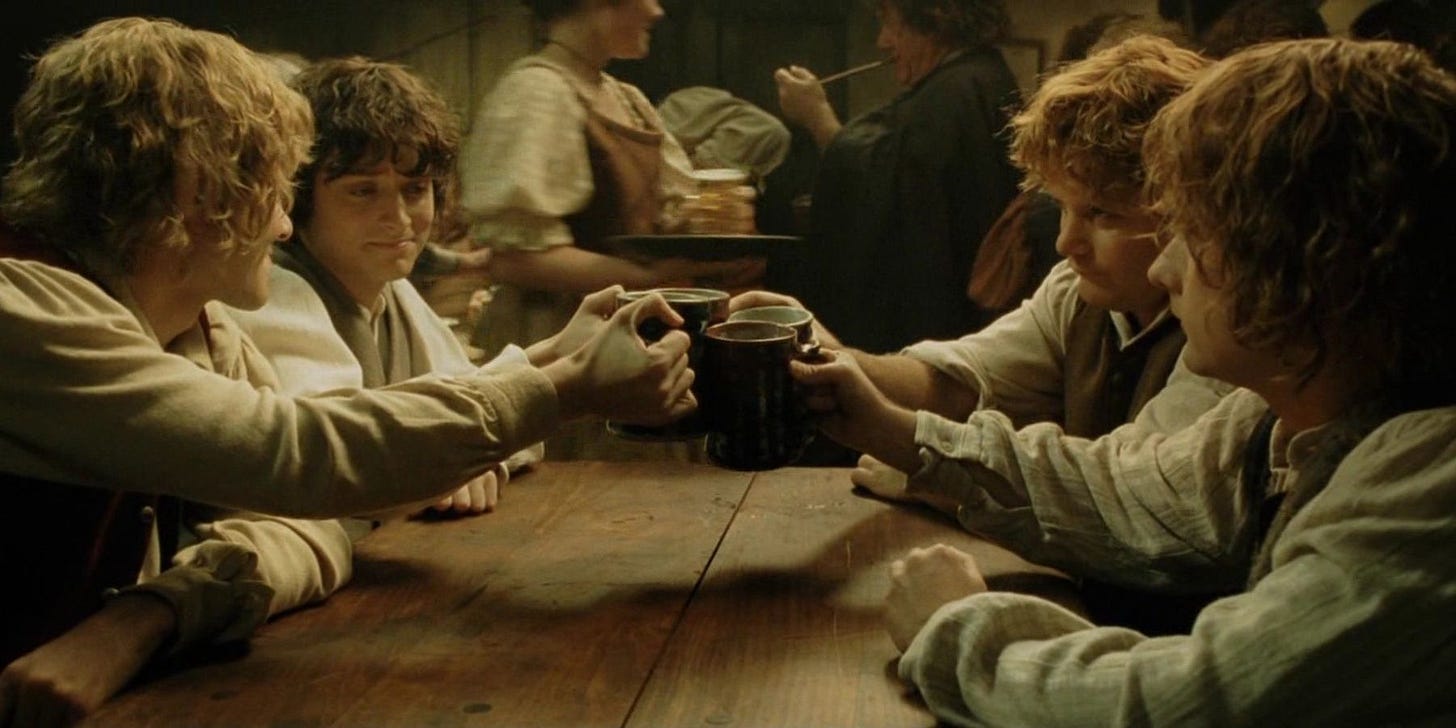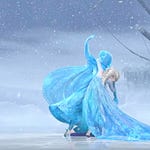We have reached the end of the planning phase of your story!
I know this has been a lot of information, but I sincerely hope that it has helped get your imaginations going and that you understand what goes into story structure a little more than before.
I know when I started writing my first stories I would meander around trying to find things that were interesting to add into the story and it felt like halfway through I had gotten lost and it made the process not very fun.
Hopefully you have a good idea for what ingredients you want to bring into a story as wind down toward the end of your tale.
Speaking of finishing the tale, remember how I said the opening image is important because it will help you finish strong? Well, this is the end of the story! But the fun thing is, if the beginning and the end don't kind of mirror each other and show how much your character has changed, you can go back and change the beginning to better match it if you like.
The only warning is that whatever you change in your outline you'll want to make sure everything still makes sense throughout the story from start to finish.
After your hero has made their way past whatever challenge was stopping them (a villain or whatever was causing problems), we get to reflect on the journey that they've gone on and how much has changed.
Back to the Shire
Sometimes the character returns to the Act One world and realize how different it feels because of how much they have grown. Sometimes they finish things out looking forward to whatever is on the horizon now that they have overcome the challenge they couldn't imagine facing at the start of the story.
Let's look back at where the two of you came from.
I'm guessing you might not have told a story together before. It might have seemed too big or too daunting to take on at first, but hopefully soon you'll have an outline of a story that the two of you have created.
And the fun part is that this is a story that only the two of you together could come up with. You've put your imaginations and life experiences together and wound up with this particular story.
I know right now we're just at the outline phase of the story, but it exists now when it didn't before.
And even if you don't wind up sitting down and writing a manuscript, it's still a story you can tell someone. I do encourage you to continue on to the next phase of this project, but if you stop now, I do hope that the two of you have gotten to know each other better as you've spent this time together.
I know when I get together with my kids and work on our books, it opens the doors to other conversations and gives us something to work on together. And someday either of us might crack open the book and remember all of the little details that went into this story and how it was all captured during this one little section of our time together.
Looking Ahead
In the writing section of the story (Act Two of the Summer Writing Project), I'm going to encourage you both to think about little details you can transport readers into your experience (or bring your future selves back to this time to remember what it was like).
Some of the most fun elements for me in The Invisible House was going on a walk to try and notice little details to put into the book. There was a little lending library by our neighborhood pool that became a way for secret messages to be shared. There was a neighbor who flew a little motorized parachute glider over the houses, and of course that made its way into the books.
And when there were these massive house-shaking booms from detonations happening just beyond our neighborhood, of course we made up our own reasons for why that happened and put them into the sequel, The Glass Unicorn.
Each story was a time capsule of an exploration of what was going on in our lives at the time, and so each one has been fun to revisit from time to time to not forget the little details we captured along the way and placed into our stories.
Activity Time: Tell Someone Else the Story
One of the best tools I learned early on is that when you have a rough idea of the story where each big story moment has its own sentence, you talk to someone smart (who would be kind about the story) who would be willing to ask questions about it that can get you to think more deeply about the world you're creating..
They're also great for helping spot plot holes or little points where the story might not make sense.
And the beauty of having the outline be at such a high level is that if you need to change something, you're not throwing away a ton of work.
After you talk to them, I recommend beginning the process of starting to add more and more details about what happens in each chapter.
Go from a sentence to a paragraph per chapter.
From a paragraph to 3 paragraphs in each chapter.
I recommend doing 3 paragraphs so each chapter has a beginning, middle, and end.
And then, when you're ready, we'll kick off the actual writing part of the manuscript's first draft in the next phase of the project.
If this is as far as you are going, then it has been an honor to be a part of your story.
I hope you both can take these tools and tell more and more stories together.
If the lessons and activities were helpful to you, please let others know about Fictionsmith Family, either the podcast, website, or Substack, or whatever iteration it exists in the future when you're reading or listening to this.
For those of you continuing on this writing journey...let's get some words on the page.













Share this post